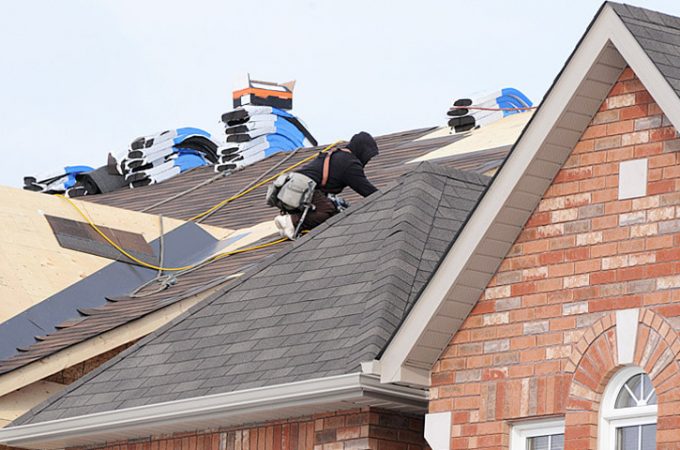
Safety First: Essential Checklist for Operating Heavy Machinery in Landscaping Projects
Operating heavy machinery is an integral piece of many landscaping projects, however it accompanies inherent dangers that should be figured out how to guarantee the safety of administrators and laborers hands available. Whether you’re excavating, grading, or moving materials, it’s essential to follow legitimate safety conventions and systems to forestall mishaps and injuries. To assist you with prioritizing safety, here’s an essential a checklist for using heavy machinery in landscaping projects.
- Gear Inspection
Before operating any heavy machinery, lead an exhaustive inspection to guarantee that it is in legitimate working condition. Check for indications of harm, mileage, and any missing or malfunctioning parts. Test all controls, power through pressure, and safety highlights to guarantee they are functioning accurately. Address any issues expeditiously before proceeding with the activity.
- Safety Stuff
Continuously wear proper safety gear while operating heavy machinery, including a hard cap, safety glasses, hearing insurance, gloves, and steel-toed boots. Furthermore, consider wearing high-perceivability clothing to improve perceivability hands available and lessen the gamble of mishaps. Individual defensive gear (PPE) is essential for protecting yourself from likely perils and ought to be worn consistently.

- Training and Confirmation
Guarantee that all administrators are appropriately trained and affirmed to work the particular sort of heavy machinery being utilized. Training ought to include instruction on hardware activity, safety conventions, and crisis techniques. Administrators ought to likewise go through ordinary boost training to keep awake to-date on accepted procedures and guidelines. Just trained and approved staff ought to be permitted to work heavy machinery.
- Site Arrangement
Before beginning any landscaping project, survey the site conditions and set up the area accordingly. Clear the workspace of flotsam and jetsam, snags, and possible risks to make a protected and available work area for heavy machinery activity. Mark underground utilities and different obstructions to keep away from inadvertent harm during uncovering or grading.
- Correspondence
Lay out clear correspondence conventions among colleagues to guarantee protected and productive activity of heavy machinery. Use hand signals, two-way radios, or other specialized gadgets to coordinate developments and transfer significant information hands on location. Compelling correspondence is essential for preventing mishaps and ensuring the safety of everybody involved in the venture.
- Functional Guidelines
Adhere to functional guidelines and maker suggestions for operating heavy machinery. Stick to weight and load limits, operating velocities, and prescribed practices to forestall mishaps and hardware harm. Try not to work machinery on lopsided or shaky terrain and be mindful of above obstacles, electrical cables, and other likely risks.
- Crisis Readiness
Have an arrangement set up for handling crises and mishaps hands on location. Guarantee that all colleagues are know about crisis methods, including how to close down gear, administer first guide, and contact crisis administrations if important. Consistently survey and practice crisis conventions to guarantee a fast and powerful reaction in case of an incident.
By following this essential checklist for using heavy machinery in landscaping projects, you can focus on safety and minimize the gamble of mishaps and injuries. Recollect that safety is principal, and taking proactive measures to guarantee safe hardware activity is essential for the progress of any landscaping project.




